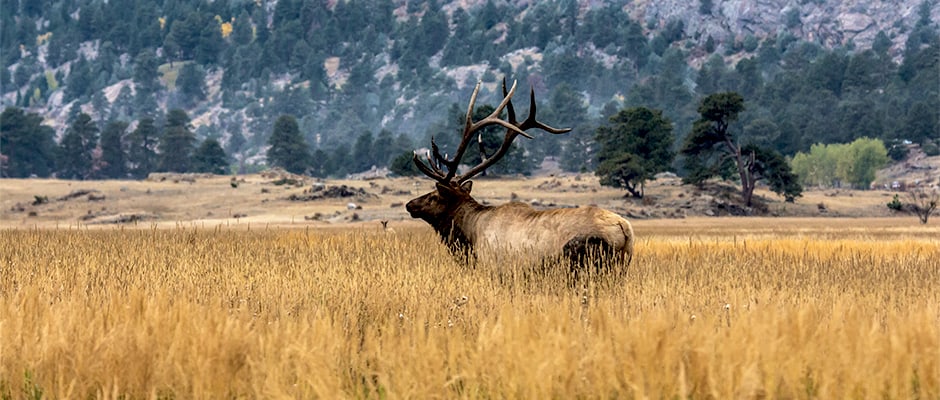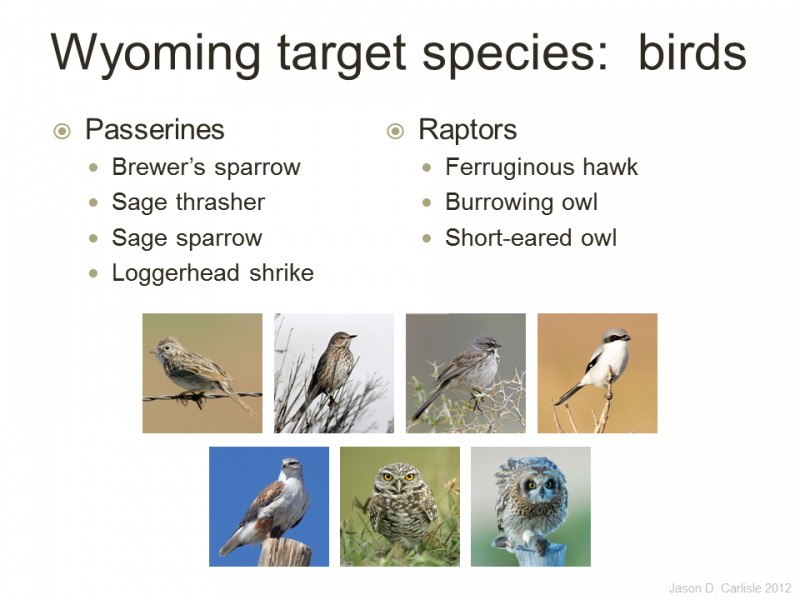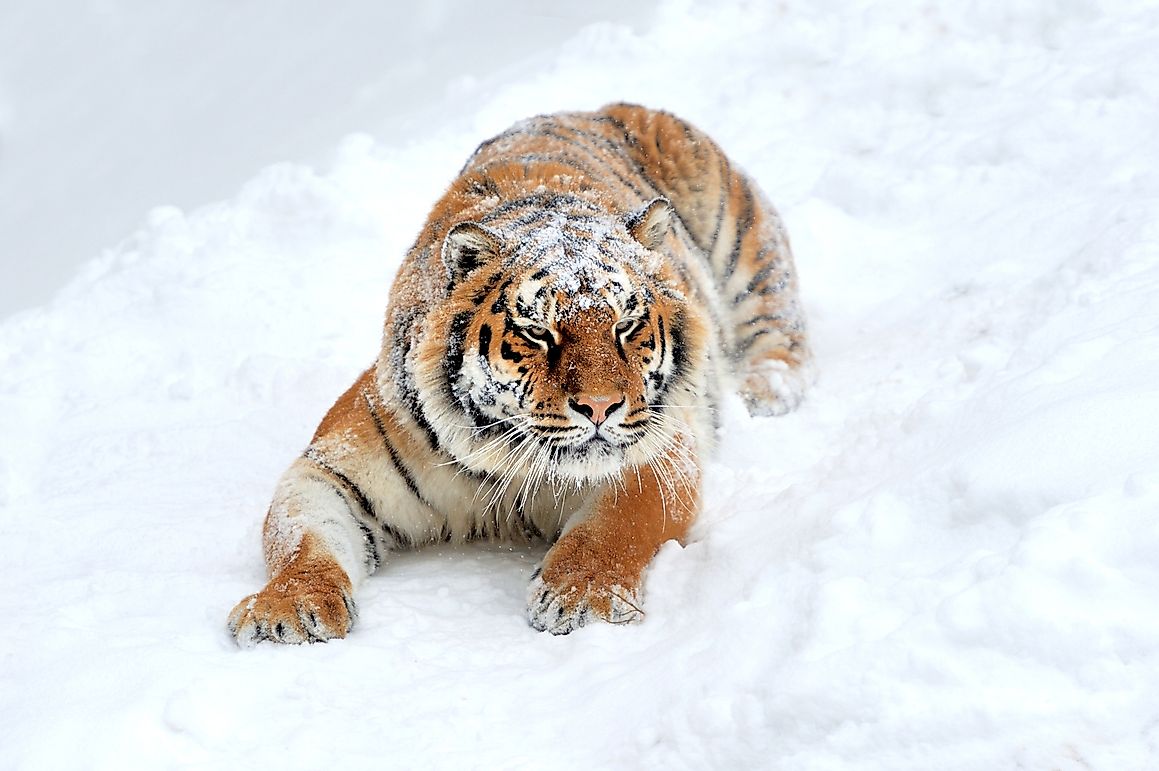


Their massive shoulder hump and long claws help them to dig and many of their behavioral instincts reflect life in open or semi-open areas. We often think of grizzly bears as mountain animals, but these large omnivores used to live all the way across the Great Plains. Today, all those island populations in the lower 48 are gone, except for one in the Greater Yellowstone Ecosystem. More than 100,000 grizzly bears once roamed western North America but by the 1920s, only mainly isolated island populations were left in the United States. What makes Rocky Mountain grizzly bears special? That can make it easier to generate public interest and build support for their protection. Grizzly bears are widely recognized as “charismatic megafauna”, which is a fancy way of saying that they’re big animals that people love. Umbrella species often have large home ranges and need to use multiple habitats within a year, so they overlap (or “co-occur” to scientists) with many other species in the same landscape.Įnsuring that umbrella species have what they need to survive benefits other (often overlooked) species with smaller individual home ranges or more specific habitat needs, such as amphibians and rodents.Īn additional benefit is that umbrella species tend to be very charismatic. Similar to a mother duck sheltering her ducklings under her wings in a rainstorm, umbrella species can shelter other species who use the same space. When Y2Y works to conserve grizzly bears, we help conserve all species that “fit under their umbrella”. Generally, it refers to situations when protecting what a single species needs also protects multiple nearby species (and those further down the food chain) that share the same habitats or ecosystems. Since the term was coined in 1984, focusing efforts on umbrella species has become an increasingly common part of conservation strategies. Many conservation efforts around the world focus on umbrella species, which goes beyond helping individual species to effectively conserving whole ecosystems. It’s true, and it’s because grizzly bears are considered an “umbrella” species. But beyond being big, beautiful symbols of wild places, did you know there are scientific reasons parts of our work centers on them? Grizzly bears appear in Y2Y’s logo and many of the photos we use. Safer roads Idaho’s people and wildlife.Safe passage for wildlife across Montana’s roads.

Safe highway crossings in the Bow Valley.Reconnecting grizzly bears across the U.S.But an assessment of the region's biodiversity predicted that managing habitats for stone-curlews could benefit many other rare and threatened plants and invertebrates with no additional effort. It's hard getting people to care about beetles and seedlings-especially when there are so many different species. Without the rabbits, stone-curlew habitat shrinks-and so do the numbers of rare insect and plant species that also thrive in these bare patches of land. Rabbits used to graze in large numbers to create this habitat for stone-curlews, but numbers have collapsed over the past 50 years due to disease, culling and predation. The disturbed soil provides excellent camouflage for stone-curlew nests and chicks, and Breckland holds the majority of the UK's breeding population. In a region called Breckland in the East of England, we used a tractor to churn tall grassland into bare, sandy plots for Eurasian stone-curlew, a rare summer visitor. We had a unique opportunity to test the idea with one of the largest field experiments in Europe.


 0 kommentar(er)
0 kommentar(er)
